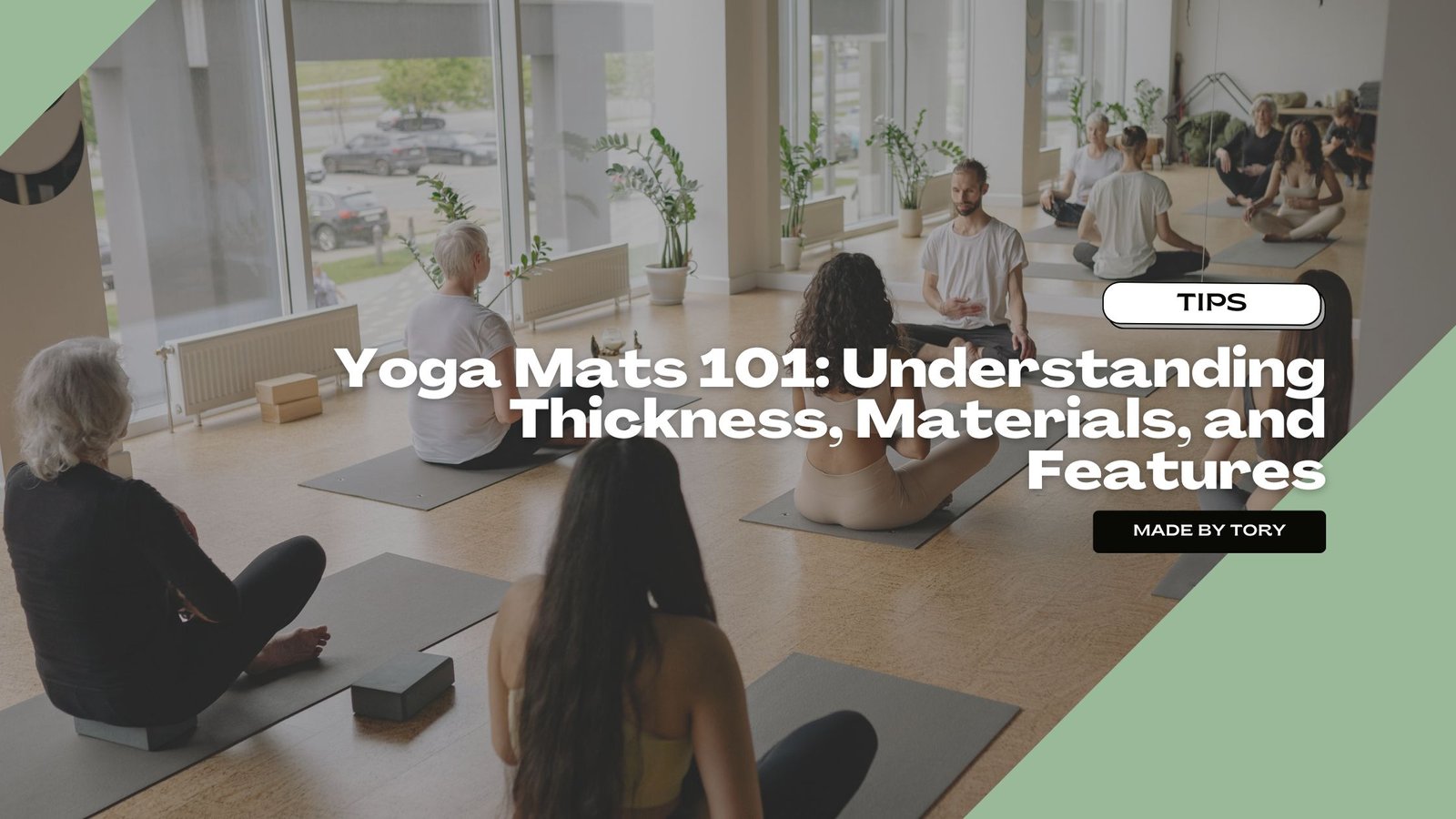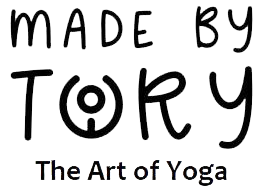Blog
Yoga Mats 101: Understanding Thickness, Materials, and Features

If you look back a few decades, there were only basic mats. People didn’t really care about many things. However, choices never stay the same for a lifetime.
Life is all about evolving and choosing better every day. So, now, different yoga techniques may require a mat accordingly. Sound expensive? Well, not really. If you know all you need, you can always find one mat that fits all of your needs.
In this small guide, we will talk about all the features you need to look deeply into before choosing a yoga mat.
So, let’s break it down for you.
What Do You Need to Know about Yoga Mats before Purchasing?
There is a lot you need to know about mats. Whether you are looking for the best Yoga Mat in Dubai online or exploring the shops, you will need to do your homework to find the best features.
After all, it is about your body, and you can’t poison it.
-
Thickness
Your yoga mat’s thickness has a lot to do with how comfortable it is; if it is too thin, your knee may be banged up during a crescent lunge. The trade-off is that thick yoga mats (some as thick as 5mm) might make it difficult to feel a firm connection to the floor, making Tree Pose more unsteady, for example.
A typical yoga mat is roughly 3mm thick, with the thickest being about 5mm. However, there are also wafer-thin yoga mats, marketed as “travel yoga mats,” that are only 1mm thick. These mats fold effortlessly and are lightweight, making them ideal for packing in a suitcase.
So, while shopping for a yoga mat, consider how much space you have to store it, how crucial portability is, and where your sweet spot is in terms of comfort versus feeling a direct connection to the floor. If you have limited storage space, a long commute to the class, and want the feel of just a little padding, choose a standard-depth mat.
If you are willing to carry and store a little extra weight in exchange for increased cushioning, try a luxury yoga mat that is about 5mm thick.
If you really have to be able to pack your yoga mat in a bag or carry-on, purchase a foldable travel yoga mat in the 2mm range.
-
Materials
Another significant aspect of your yoga mat is its material. What is it made of?
Is it made of natural material or harmful chemicals that might harm your body? So, this is important. Now, the common materials of yoga mats are:
-
TPE (Thermoplastic Elastomer)
TPE is a rubber-plastic polymer combination that is lighter, more flexible, and more environmentally friendly than PVC. TPE mats are recognized for being soft and squishy, with a moderate level of cushioning and increased thickness.
-
Natural Rubber
Natural rubber, which is made from the sap of rubber trees, is environmentally benign and provides exceptional grip (on both hands and the floor) and stability. It has a thick and slightly bouncy feel.
-
Cork
Cork yoga mats are made from the bark of cork oak trees, a natural, environmentally beneficial substance. Their surface is strong and textured, providing a good grip even when wet.
-
Good Grip for Your Practice
Aside from thickness and substance, the grip of the mat is the most important feature for your comfort. If you enjoy dynamic workouts or Hot Yoga, ensure your mat absorbs moisture while you practice so it does not become slick as you sweat.
When you practice on your yoga mat:
- You should feel appropriate support.
- You must feel in full control of your posture.
- You should be able to focus on your activity rather than trying not to slip.
- You should be able to move smoothly between stances.
A yoga or fitness mat that keeps you steady in all poses can help you make significant progress. You can never be too cautious with your bones. So, always ensure that the quality of the mat is not compromised.
-
Stickiness
A sticky yoga mat protects you from sliding around and helps you maintain alignment when transitioning from one pose to the next and holding poses for several seconds.
PVC yoga mats have the most stickiness.
If you need help maintaining your postures but dislike the idea of practicing on a yoga mat with elevated texture, a PVC yoga mat is definitely your best bet. Remember that these mats are only sticky when they are clean, so make sure to take adequate care of them.
Bottom Line
When choosing the perfect yoga mat, understanding its thickness, materials, and grip features is crucial for a comfortable and effective practice. Whether you prefer a thick mat for extra cushioning, a natural rubber mat for eco-friendliness, or a PVC mat for enhanced stickiness, ensure it suits your yoga style and needs. Prioritize a durable, moisture-absorbing mat with excellent grip to stay steady and focused during practice.
Ready to enhance your yoga experience with yoga activewear? Explore and buy Yoga Mat Dubai to find the perfect mat that aligns with your routine and supports your journey toward well-being and balance.

